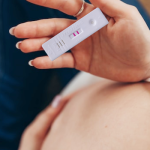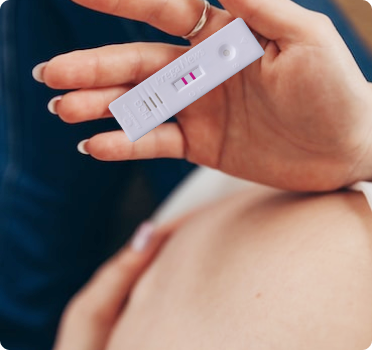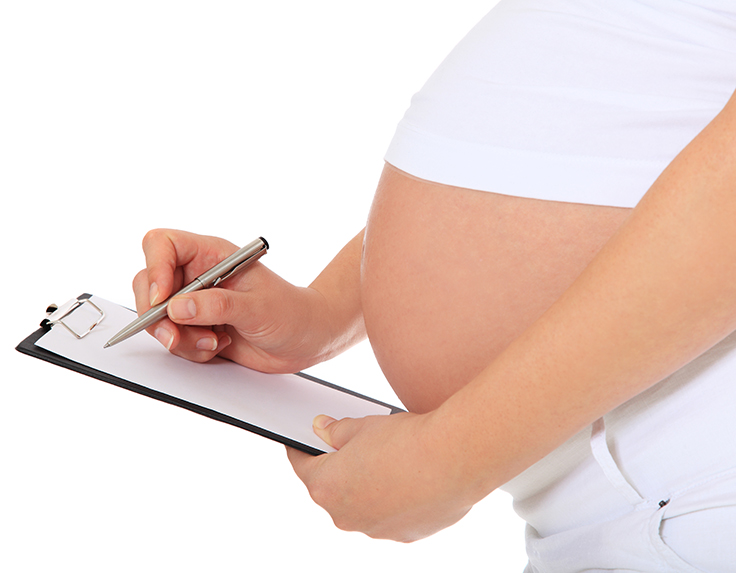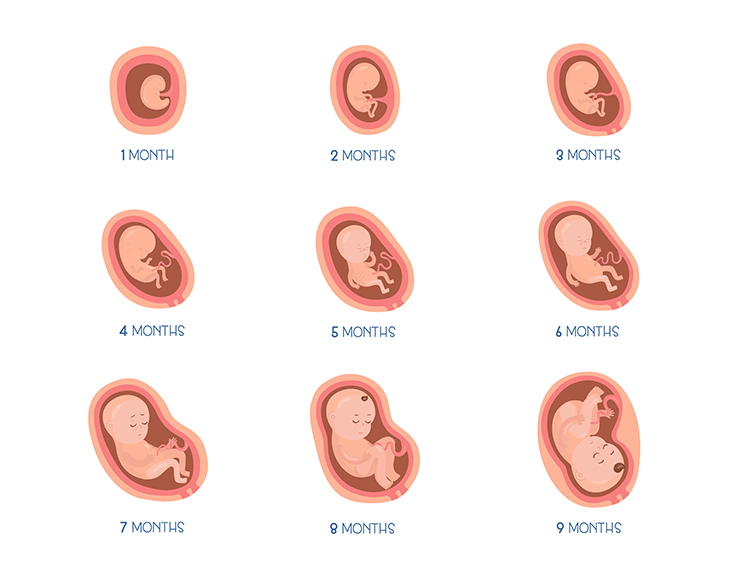Imagine eagerly awaiting the results of a pregnancy test, hoping to see those two precious lines or a positive sign. However, what if you discover that certain medications or even common over-the-counter drugs can potentially influence the accuracy of the test? Pregnancy tests are an essential tool for detecting pregnancy, but it’s important to understand how medications can affect the results. In this blog post, we will explore the connection between pregnancy tests and medications, delving into how certain medications can interfere with the accuracy of the results. By gaining insights into this topic, you can make informed decisions and navigate the process of pregnancy testing while taking medications with confidence.
Know about pregnancy test and medication guidelines
When it comes to pregnancy tests and medications, it’s crucial to be aware of the guidelines and considerations to ensure accurate results and the safety of both the mother and the developing baby. Here are some important points to keep in mind:
Consult healthcare professionals: If you are planning to take a pregnancy test and are currently taking any medications, it’s always advisable to consult with your healthcare provider or pharmacist. They can provide guidance specific to your situation and advise on any potential interactions or effects that medications may have on the accuracy of the test.
Read medication labels: Take the time to carefully read the labels of any medications you are currently using, including over-the-counter drugs, supplements, and prescription medications. Look for any information regarding interference with pregnancy tests or potential effects on the results. If you have any doubts or concerns, consult your healthcare provider or pharmacist.
Hormonal medications: Certain hormonal medications, such as those containing human chorionic gonadotropin (hCG), may affect the accuracy of pregnancy tests. These medications can potentially cause false positive or false negative results. If you are undergoing fertility treatments or taking hormonal medications, your healthcare provider will guide you on the appropriate timing for taking a pregnancy test.
Seek alternative testing methods: In some cases, if you suspect you may be pregnant but are concerned about the impact of medications on a standard pregnancy test, your healthcare provider may recommend alternative testing methods. These may include blood tests that can detect the presence of hCG more accurately, regardless of any potential interference from medications.
Communication is key: Openly communicate with your healthcare provider about the medications you are taking and any concerns you have regarding pregnancy testing. They will be able to provide personalized guidance and ensure that you receive the most accurate results possible.
Remember, each situation is unique, and it’s important to follow the advice of your healthcare provider regarding pregnancy tests and medication use. By staying informed and seeking professional guidance, you can navigate this process with confidence and ensure the well-being of both you and your baby.

Medications during the Pregnancy trimester
During pregnancy, it is important to be cautious about the medications you take, as certain drugs can potentially harm the developing baby. The safety of medications can vary depending on the specific trimester of pregnancy. Here are some general guidelines for medication use during each trimester:
First Trimester:
The first trimester is a critical period of fetal development, so it is advisable to be cautious with medication use during this time.
Ideally, try to avoid taking any unnecessary medications during the first trimester.
If you have a medical condition that requires medication, consult your healthcare provider to discuss the potential risks and benefits. They can guide you on the safest options available.
Second Trimester:
The second trimester is generally considered a relatively safe period for taking certain medications.
Some medications that were previously avoided during the first trimester may be considered safe for use now.
However, it is still important to consult your healthcare provider before taking any medications to ensure they are appropriate and pose minimal risk to you and your baby.
Third Trimester:
In the third trimester, the baby is nearing full development, and certain medications may have a greater impact on the baby’s well-being.
It is important to exercise caution and consult your healthcare provider before taking any medications.
Your healthcare provider may review the potential risks, assess the benefits, and determine the safest options for you and your baby.
It is important to note that these guidelines are general in nature, and individual circumstances may vary. Always consult your healthcare provider before taking any medications during pregnancy. They can provide personalized advice based on your specific health condition and the potential risks associated with medication use. Additionally, avoid self-medicating or taking over-the-counter medications without professional guidance to ensure the safety of both you and your baby.
Medicine to avoid during pregnancy
During pregnancy, it is important to avoid certain medications known to pose potential risks to the developing baby. Here are some common categories of medications that are generally advised to be avoided during pregnancy:
Accutane (isotretinoin) and Retin-A: These medications used for acne treatment have been associated with severe birth defects and should be avoided during pregnancy.
ACE inhibitors and ARBs: These medications, commonly prescribed for high blood pressure, can cause complications for the baby’s development and should be avoided, especially during the second and third trimesters.
Nonsteroidal anti-inflammatory drugs (NSAIDs): Medications such as ibuprofen, naproxen, and aspirin are generally advised to be avoided during pregnancy, especially in the third trimester, as they may increase the risk of complications for both the mother and the baby.
Warfarin and other anticoagulants: These blood-thinning medications can cross the placenta and potentially harm the developing baby. Pregnant women with blood clotting disorders may be prescribed alternative medications under careful monitoring.
Some antibiotics: Certain antibiotics, such as tetracyclines and fluoroquinolones, have been associated with adverse effects on the developing teeth and bones of the baby. It is important to consult a healthcare provider to ensure the safe use of antibiotics during pregnancy.
Hormonal medications: Hormonal medications, including certain contraceptives and hormone replacement therapies, should be avoided during pregnancy due to the potential risks they pose to the developing baby.
It is essential to consult with your healthcare provider before starting or stopping any medication during pregnancy. They can provide personalized advice based on your specific situation and medical history. Additionally, always inform your healthcare provider about any over-the-counter medications, supplements, or herbal remedies you are taking to ensure their safety during pregnancy.
Now that we have discussed the medications to avoid during pregnancy, let’s address some frequently asked questions (FAQs) that often arise when it comes to medication use during pregnancy. It’s important to have a clear understanding of these concerns to ensure the safety and well-being of both the mother and the developing baby.
Q1: What are pregnancy supplements?
A1: Pregnancy supplements are specially formulated vitamins and minerals that are recommended to support the nutritional needs of pregnant women. They typically contain folic acid, iron, calcium, and other essential nutrients necessary for a healthy pregnancy and fetal development. These supplements are often taken in addition to a balanced diet and are prescribed or recommended by healthcare providers.
Q2: What is a safe pregnancy test method?
A2: The most common and reliable method to test for pregnancy is using a urine-based pregnancy test kit. These kits detect the presence of human chorionic gonadotropin (hCG), a hormone produced during pregnancy, in the urine. They are widely available over the counter and provide accurate results when used correctly. It’s important to carefully follow the instructions provided with the test kit and wait for the recommended time to read the results.
Q3: What medications may affect pregnancy test results?
A3: Some medications, particularly those containing hCG, may interfere with the accuracy of pregnancy test results. These medications can potentially cause false positive or false negative results. Examples include fertility treatments, certain hormone medications, and medications used to trigger ovulation. If you are taking any medications and have concerns about their potential impact on a pregnancy test, it is recommended to consult with your healthcare provider for further guidance and alternative testing options if needed.







































